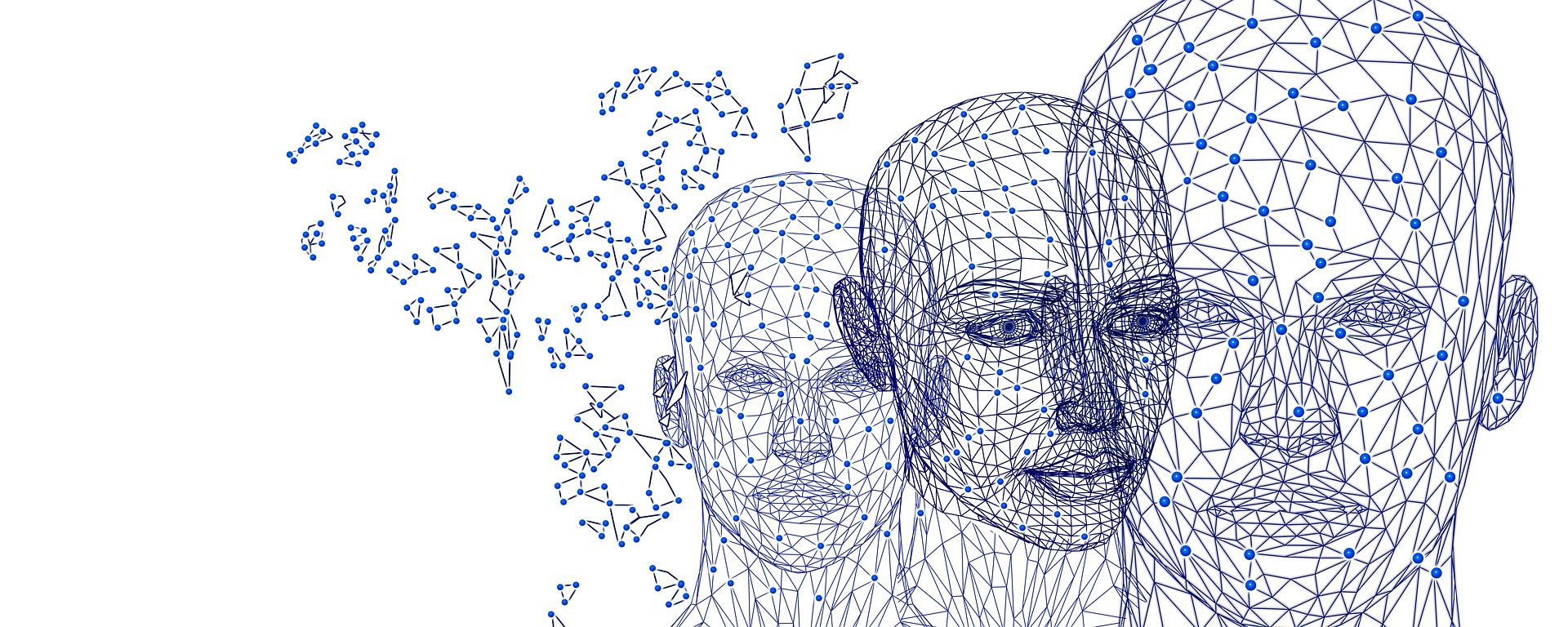
Manuscripts will be considered for publication with the understanding that the work has not already been reported in a published paper or accepted for publication elsewhere in print or in electronic media.
All original contributions are reviewed by the editors and sent to two or more external reviewers as part of a double-blind peer-review process. The editors reserve the right to make editorial changes in all matters published in the Journal.
Our style requirements follow those of the American Psychological Association. These can be found at www.apastyle.org.
SUBMISSION TYPE:
QUANTITATIVE RESEARCH
- Word length: Maximum of 5,000 words, not including abstract, tables/figures, references
- Structured abstract: Maximum of 250 words, with the headings Objectives, Method(s), Results, Conclusion and Implication
QUALITATIVE RESEARCH
- Word length: Maximum of 8,000 words, not including abstract, tables/figures, references
- Structured abstract: Maximum of 250 words, with the headings Objectives, Method(s), Results, Conclusion and Implication
COMMENTARY/Letter to the editor
- Maximum word length: 2,000 words, not including abstract, tables/figures, references
- Text abstract: Maximum of 100 words
Literature REVIEW
- Word length: Maximum of 9,000 words, not including abstract, tables/figures, references
- Structured abstract: Maximum of 250 words, with the headings Objectives, Method(s), Results, Conclusion and Implication
BRIEF REPORTs/case study
- Maximum word length: 1,500 words, not including abstract, tables/figures, references
- Text abstract: 200 words
ETHICAL GUIDELINES
CONFLICT OF INTEREST
- Authors must disclose all financial and personal relationships that might bias their work.
- Conflict of interest statements should be present on every manuscript. The statement should mention each author separately by name.
INFORMED CONSENT
For studies with human subjects, authors must include the following statement:
- ‘All procedures followed were in accordance with the ethical standards of the responsible committee on human experimentation (institutional and national) and with the Helsinki Declaration of 1975, as revised in 2000 (5). Informed consent was obtained from all patients for being included in the study.’
- If any identifying information about research participants is included in the manuscript, the following sentence should also be included:
- ‘Additional informed consent was obtained from all research subjects for which identifying information is included in this manuscript.’
- The author will be held responsible for false statements or failure to fulfill the above-mentioned requirements
FUNDING SOURCES
Each author must indicate whether or not they have a financial relationship with the organization that sponsored the research. For each source of funds, both the research funder and the grant number should be given.
MANUSCRIPT PREPARATION
To ensure the integrity of the blind peer review for submissions to IJSS, please ensure that all identifying information is removed (i.e., authors/affiliations, header/footer, properties, and acknowledgements section). Please check to see if the following steps have been taken with regard to the text and the file properties:
- The authors of the document have deleted their names from the text.
- To remove author identification when using Microsoft Office documents, go to “File” in Word and click on the following: File > Save As > Tools (or “Options” if using a Mac) > Security > Remove personal information from the file properties > Save.
The manuscript must be double-spaced and pages must be numbered consecutively starting at “1” (i.e., not “0” for title page), including abstract, text, references, tables and figures. Please submit your manuscript with line numbers.
TITLE PAGE
The title page of the blinded version of the submission should include:
- Type of submission;
- Title;
- Short running title of no more than 50 characters including letters and spaces
- Word count of abstract;
- Word count of the body of the text (i.e., not including references, tables, figures).
Once an article has been accepted for publication, the corresponding author will be asked to provide a fully-identified version of the manuscript.
The title page of the fully-identified manuscript should include in addition to the above:
- First name, middle initial, and last name of each author, with the highest academic degree(s), and the name(s) of department(s) and institutions to which the work should be attributed;
- Name, address, telephone number, fax number and e-mail address of the author responsible for correspondence;
- Any necessary acknowledgements of sources of support (funding and otherwise);
- A conflict of interest statement.
TEXT
Divide the text into sections headed Introduction, Methods, Results, Discussion and Implications.
Approval should be obtained from a recognized ethics approval board for studies involving human subjects. This approval should be indicated in the Methods section.
REFERENCES
The style for references is based on APA style. See examples that follow at:
http://owl.english.purdue.edu/owl/resource/560/01/
TABLES
Tables should be double-spaced and numbered consecutively using Arabic numerals, and included in the original blinded Word document. Supply a brief title for each table.
Example of style:
Table 1. Demographic Characteristics of Survey Participants
Give each column and row a brief or abbreviated heading. Do not use vertical or horizontal rules in the body of tables. Cite each table in the text in consecutive numerical order.
Place explanatory matter in footnotes, using the following symbols, in this sequence:
*, †, ‡, §, ||, ¶, **, ††, ‡‡, etc.
FIGURES
In the original submission for blinded peer review, figures should be included in the submitted manuscript.
Number figures consecutively in Arabic numerals and supply a brief title for each.
Example of style:
Figure 1. Distribution of the total number of depression cases in Nigeria
Place explanatory matter in footnotes, using the following symbols, in this sequence:
*, †, ‡, §, ||, ¶, **, ††, ‡‡, etc.
